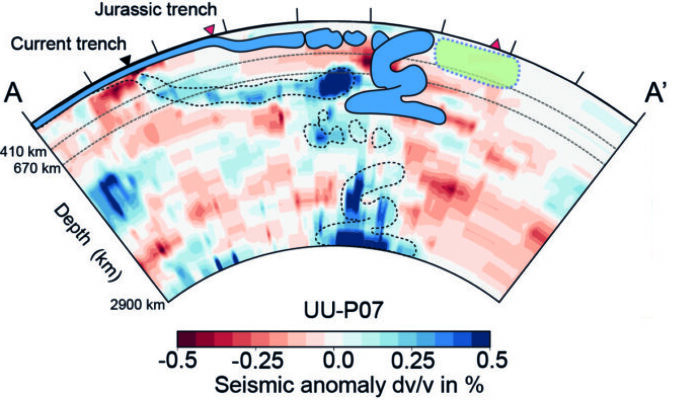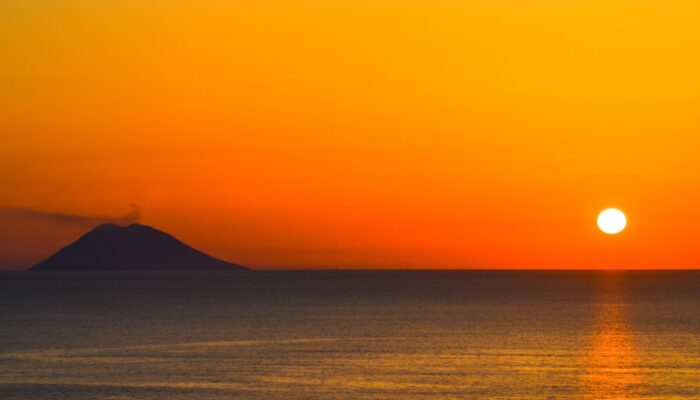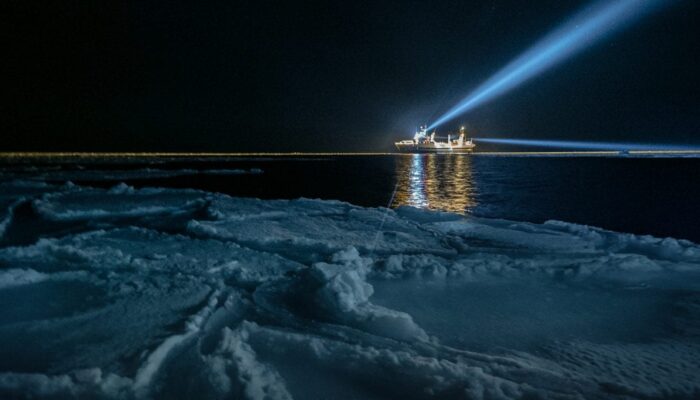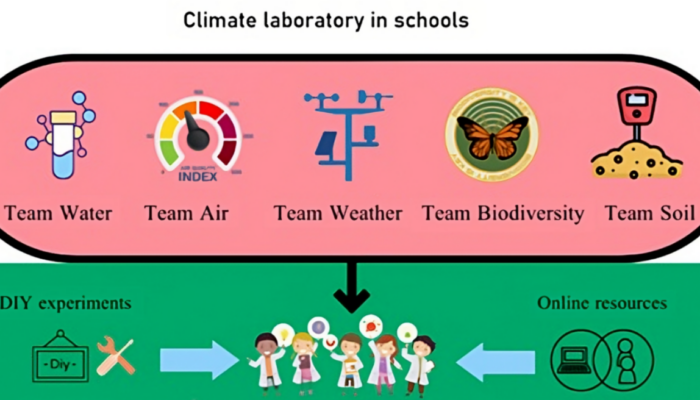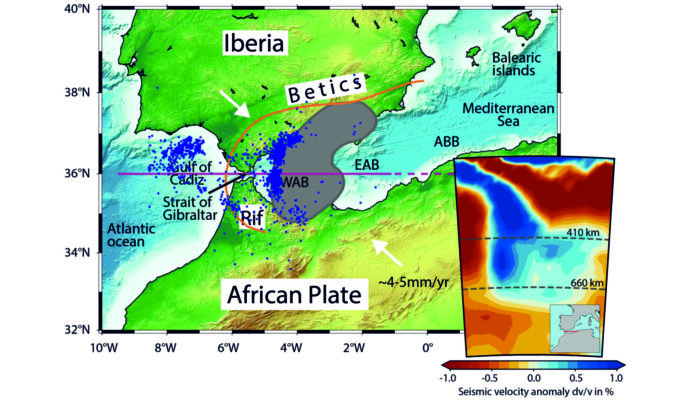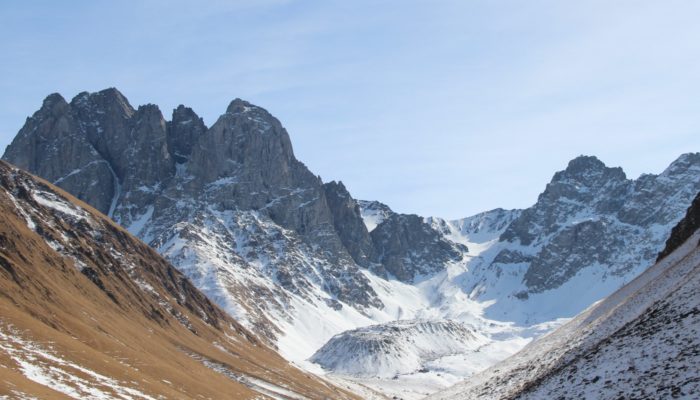The cryosphere blog is taking a summer break but not without first providing you with your beach/airplane/train/fieldwork/balcony summer reading list to make you miss us a tiny bit less. Continue reading this post to explore some summer inspiration. Like a lot of northern countries who take long summer breaks to enjoy the long hours of light (midnight sun) after a dark winter, the Cryoblog is also ...[Read More]
Hydrological Sciences
Organizing a Workshop as an ECS: Lessons learned from “Cryosphere-groundwater interactions: a missing link in mountain water research”
Despite the importance of mountains for downstream water supply, there are large gaps in our scientific understanding of how snow and ice meltwater travels through the landscape, specifically which flowpaths meltwater takes below the surface. Plus, existing knowledge is scattered throughout various sub-disciplines of mountain hydrology: glaciology, snow science, hydrogeology, and surface hydrology ...[Read More]
Geodynamics
Linking slab graveyards and ghost-arc geochemical signatures in the South Atlantic and Southwest Indian Mid-Ocean Ridges
Natural Hazards
Five (or more) reasons why… you should become a blog editor about natural hazards!
If you want to be a blog editor about natural hazards… This post is for you! The EGU Natural Hazards Division Blog Editorial Team is looking for new motivated blog editors to join our interdisciplinary and inclusive team. Now you are wondering why you should join us. There are plenty of good reasons, indeed. In this blog post, we will do our best to convince you that becoming part of our editorial ...[Read More]
Geochemistry, Mineralogy, Petrology & Volcanology
A Geologist’s Dream Vacation: Exploring Europe’s Volcanic Wonders!
Summer time can be stressful – you have plenty of things to do at work but at the same time you’re thinking about your next vacation all the time. This is at least how I was feeling, combined with some curiosity, I asked chatGPT to write a blog post about vacation destinations for geologist around volcanoes in Europe – here are the results, I hope you get inspired: Calling all g ...[Read More]
Cryospheric Sciences
Did you know there is light pollution even in the Arctic?
Light emissions are increasing worldwide and much of the world is light polluted due to excessive and inefficient light use. This has negative consequences for many organisms, such as birds, insects, fish, plants and humans. Even in the high Arctic, which is remote and sparsely populated, and experiences the polar night for a large part of the year, there are artificial light sources which disturb ...[Read More]
Climate: Past, Present & Future
Put a Climate lab in school and make it better!
Put a Climate lab in school and make it better “The car will not go through this road”, the driver replied. Well, the path, which he was mentioning was a mudslide made up of clay soil, completely wet from the rain the previous day. We were traveling to a small village in Sundarban to establish a climate laboratory. The concrete road ends 2 kilometers before the schools, and then it was a mud bath! ...[Read More]
Geodynamics
How has the Gibraltar slab influenced the Alboran domain deformation?
Figure 1. Topography of the Gibraltar Arc region. The shaded area indicates the position of positive seismic velocity anomaly supposedly representing the position of the slab at 270 km depth from seismic tomography (Amaru, 2007). The purple line shows the position of the modelled cross-section for the model shown in this blog. Blue dots indicate the regional intermediate seismicity (between 40 km ...[Read More]
Cryospheric Sciences
Hidden Ice of the Greater Caucasus
In this week’s blog, Levan Tielidze tells us about the first inventory of rock glaciers from the Greater Caucasus as an important basis for further research of geomorphology and palaeoglaciology in this region. What are Rock Glaciers? Rock glaciers are distinctive geomorphological landforms of frozen debris that are supersaturated with ice. The low ice velocity or certain speed of movement and per ...[Read More]
Geodynamics
The Sassy Scientist – A survival guide for grant writing
Well, well, well, what do we have in here? Is that another fellow geoscientist going after a fund? Yes, seems like it. First of all good luck mate, a tough journey is ahead of you. I hope you have a lucky item with you to keep you alive during this period. So this time we have Boris asking: How do I secure funding? Dear Boris, Now, let’s get real. Securing funding for your research is like f ...[Read More]



